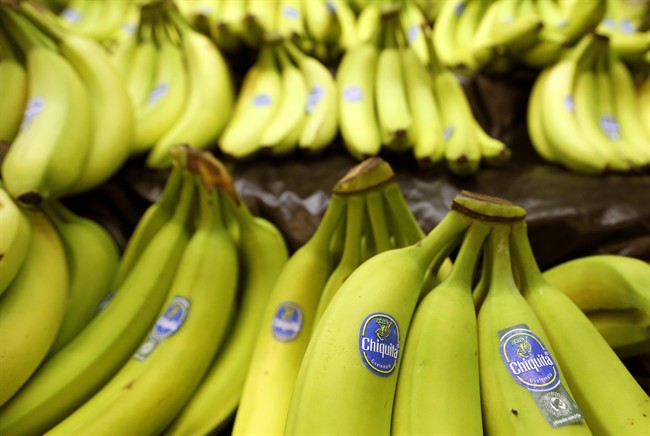Bananas are undoubtedly one of the most popular fruits in the world, but there is the possibility that they could one day be a thing of the past.

New research has found that bananas are under threat of one day being wiped out. And the murderer has been seen before.
In the 1960s, the Gros Michel variant — considered by some to be a finer variety than the one we know today — was lost to Panama Disease. The deadly disease is sneaky too: it’s transmitted through soil and water and can lay dormant, just waiting, for up to 30 years. Farmers may not even know they have it.
However, Cavendish bananas — from the United Kingdom — rescued the ubiquitous fruit after Gros Michel was lost, stepping in as a clone. But soon, even they were under threat, with crops destroyed in Taiwan just mere years later. It continued to spread throughout China and later in Indonesia and Malaysia.
Now the dreaded killer of the yellow fruit is back, threatening global exports from southeast Asia and Africa. It’s even been found in Australia where the crop was once lost in the 1800s.
The reason the threat is so pervasive and serious is because bananas are seedless: they are basically clones. Though there are about 1,000 different varieties of bananas, the Cavendish accounts for 95 per cent of banana exports. And if Panama Disease wipes them out, so far there are no replacements.
The authors of the study are sounding the alarm. Something needs to be done.
“Developing new banana cultivars, however, requires major investments in research and development and the recognition of the banana as a global staple and cash crop (rather than an orphan crop) that supports the livelihoods of millions of small-holder farmers,” they wrote.
Until the industry — and science — comes up with a solution, you may have to start finding other sources of potassium soon.




Comments